STEM in Science Classrooms – Difference Between Science and Technology
STEM Education Guide
MARCH 9, 2023
In today’s digital era, Pre-K and other young kids can dive into the basics of computer science, coding (codemonkey) , and their practical application. Science in STEM It encompasses fields such as geology, chemistry, physics, biology, and astronomy. It also helps groups and individuals elevate their ideas.


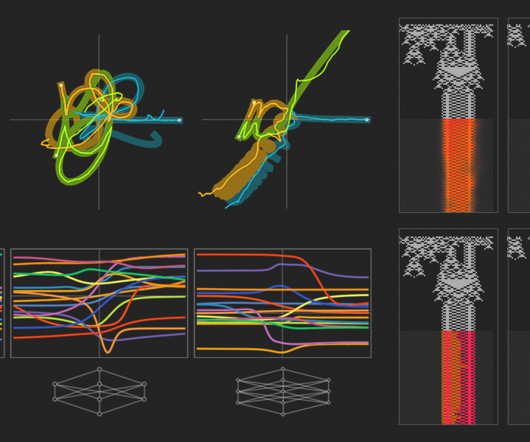
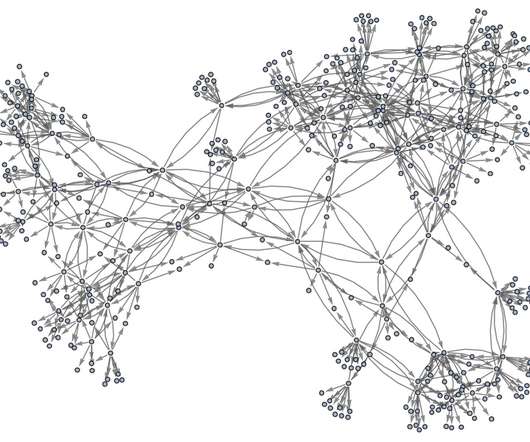
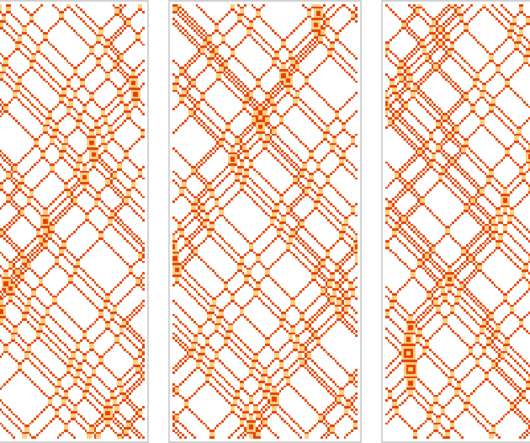
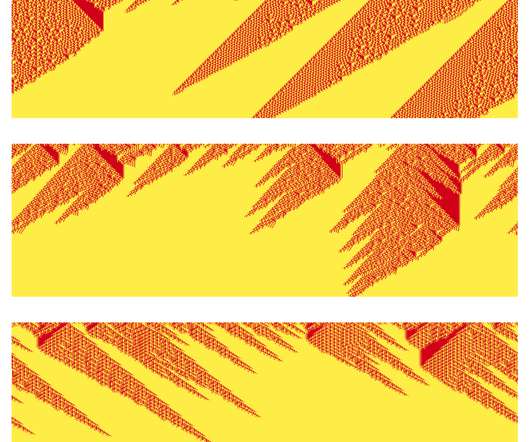
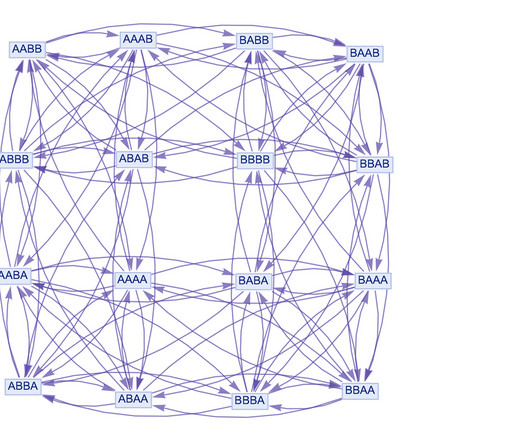






Let's personalize your content